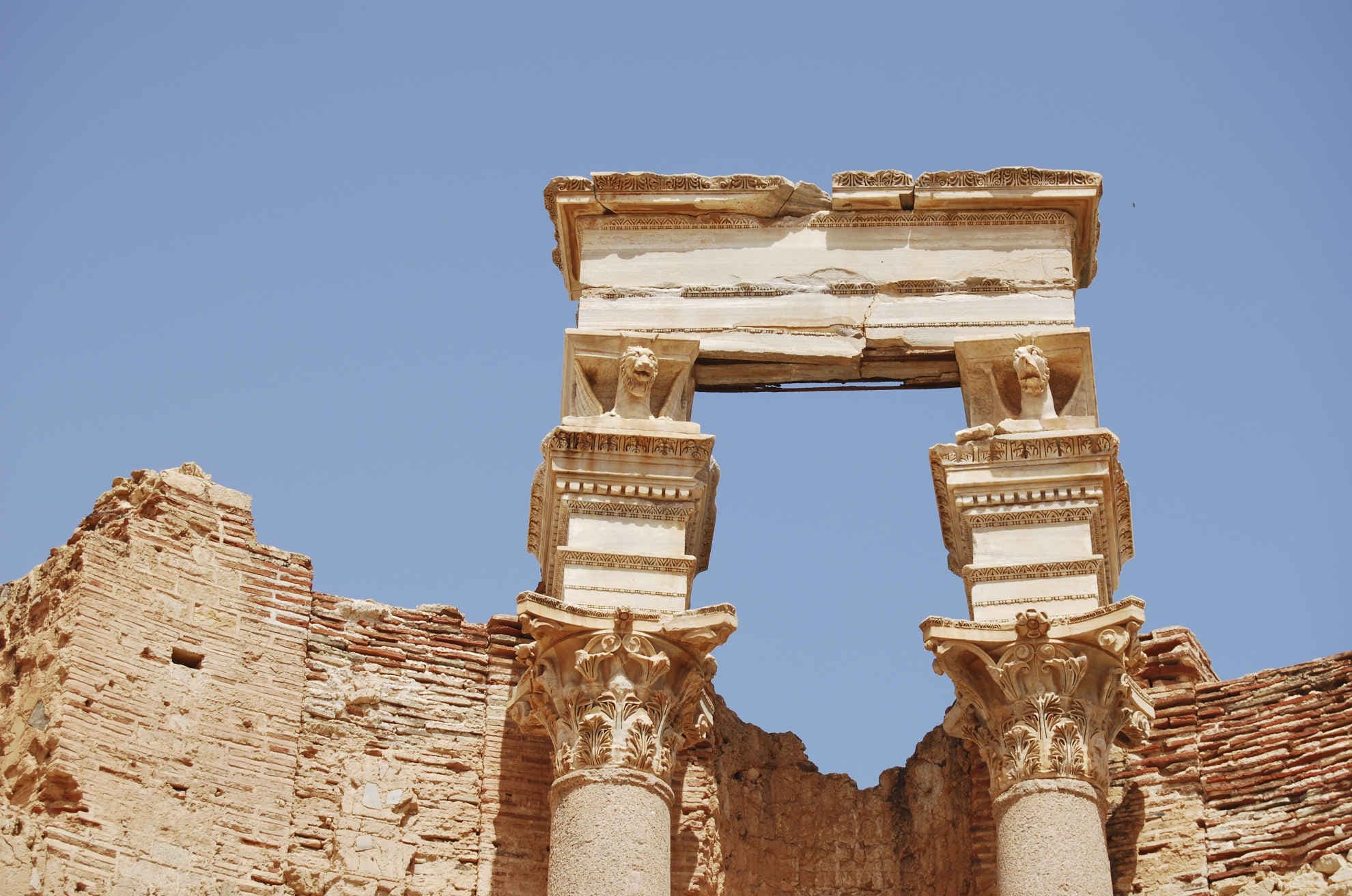Last Monday, January 8, at the seminar "Epigraphy and papyrology" at the Faculty of Archeology of the University of Warsaw, we had the great pleasure of hosting Iwona Feier (University of Wrocław) with a paper entitled "Architecture in the service of propaganda - the role of Rome's aqueducts”.
Abstract: The aqueducts of the city of Rome in Antiquity amounted to a total of approximately 500 km of main waterworks channels and 6 centuries of development (4th century BC - 3rd century AD). In addition, hundreds of kilometers of branches, a spider's web of pipes intricately stretched right under our feet, tanks, clarifiers and cisterns capable of holding thousands of cubic meters of water, millions of bricks and stone blocks, tons of mortar, an unimaginable amount of human work and a stunning visual effect. And although the creation of aqueducts and the expansion of the network resulted mainly from the obvious demand for water, there are many indications that it was a key factor, but not the only one. Multi-aspect comparative studies on the border of technical sciences, history, archeology and auxiliary sciences in the study of the past bring interesting conclusions about the multiple functions of hydrotechnical objects. Based on the remains of the network of aqueducts supplying water to the city of Rome in Antiquity, which still can be found in our sources, it is possible to distinguish areas of mutual interpenetration of political influences and technical solutions used at that time against the background of historical events. The available source material (epigraphic, archaeological, architectural) allows us to analyze the process of creating hydrotechnical objects as a result of Roman pragmatism, politics and the need for carriers of propaganda content, which was manifested, for example, in the type of materials used or in the specific route of water pipelines. From today's perspective, it will also be possible to observe how modern followers of the ancient Romans used their proven methods of using already known spaces with a "media" character or potential, again entangling the network of waterworks through its architectural and construction aspects into their own political interests.
